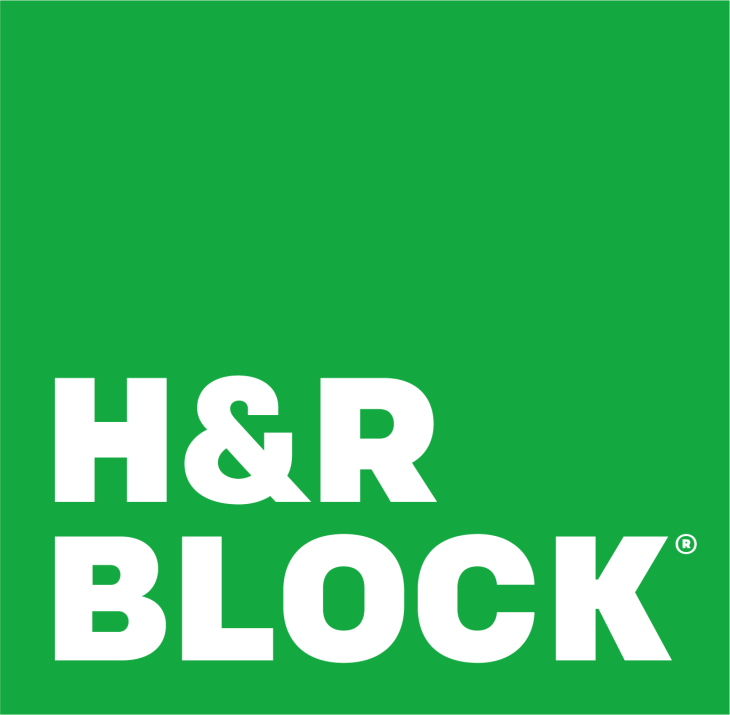“Coordinating with states is a non-trivial undertaking and would require significant investment.”
IRS Direct File: Independent Third Party Report to Congress
The possible creation of a Direct File tax preparation tool run by the Internal Revenue Service faces multiple, serious technical and operational challenges, according to the Independent Third-Party Report to Congress prepared by think tank New America and law professor Ariel Jurow Kleiman.
Chief among those challenges is the fact that the IRS Direct File tool apparently will NOT provide taxpayers who choose to use it with a simultaneous state tax return. In contrast, commercial tax software that is available to taxpayers through the existing IRS Free File Program generally offers both a federal and state tax return.
So, why would any taxpayer choose to use a flawed and inferior IRS Direct File tool if it is offered in January 2024? The answer is not clear.
As the New America report notes: “Taxpayers are accustomed to filing federal, state and local returns at the same time. To meet taxpayer expectations, a potential Direct File tool would need to make it easy for taxpayers to file their state return using data from their federal return.” However, to date, IRS and Treasury have indicated that they do not know if state tax returns will be available through the envisioned IRS Direct File tool.
David Kautter, a former Acting Commissioner and former Treasury Assistant Secretary for Tax Policy, told Tax Notes on May 19: “Unless the IRS builds software that can also do the state return, taxpayers would then have to do their return a second time on commercial software to get their state return filed.”
But apparently state tax administrators have been kept in the dark about the IRS Direct File tool. Sharonne Bonardi, executive director of the Federation of Tax Administrators, said that “because we do not have any details regarding the [IRS] prototype mentioned in the IRS’ report nor have we been involved in their system planning, we cannot estimate the level of effort required for any stakeholders.”
Additionally, the New America report states, “state governments rely on existing IRS systems for tax collection, benefit administration, and fraud prevention. A potential Direct File system would need to take care not to disrupt their current business practices.” But as Ms. Bonardi notes above, the states have not been involved in system planning.
The Imperative of a “Linked” Federal and State Tax Return, and the Complications of “Unlinked” Returns
- Unlinked returns (where the taxpayer’s federal and state return are not prepared using the same system and are therefore “unlinked”) are simply scanned for viruses by the IRS and then immediately made available for the state department of revenue to pick up and process.
- In contrast, a linked state return must first have its corresponding federal tax return pass through all IRS filters – including the name-Social Security Number mismatch checks for taxpayer, spouse, and dependents – and be accepted or rejected by IRS.
- Linked state tax returns must have the legitimacy of at least having been able to make it through the IRS filters before being accepted by IRS. The potential for fraudulent or frivolous returns is greater with unlinked state returns. Thus, if an IRS Direct File tool does not provide a state tax return that is linked with a federal return, the specter of fraud due to unlinked state returns is higher.
- All taxpayers using an IRS Direct File tool that need to file a state return (about 80% of the U.S. population) would need to spend many additional hours after completing their federal return on IRS.gov doing the following:
- Find an alternative solution to file their state return – whether that be commercial tax preparation, Free File, or a state portal.
- Perfectly and precisely re-key their federal tax return information again into their chosen state filing solution since their Direct File federal return data has been unlinked or divorced from their state filing.Any data entry errors on the part of the taxpayer could result in an incorrect state return, missed state credits and deductions, etc.
- If both their state (see below) and chosen software allows for it, taxpayers could e-file their unlinked state return, but then must deal with any state rejects – which might be more likely to happen due the unlinked nature of their state return.
How exactly is this “making tax filing easier” for 80% of filers?
- Additionally, the following states do not allow unlinked state returns (i.e., filed without a corresponding accepted federal return): Arizona, Alabama, Arkansas, Kansas, Mississippi, Oklahoma, and Washington. (Montana is considering moving toward requiring linked federal and state returns.)
- Of the states noted in the preceding paragraph, three of them – Arizona, Arkansas, and Mississippi – are “Free File” states. This means they do not offer their own state direct filing portal and rely instead on commercial software offerings through the Free File Program to receive federal and state linked filings.
- Anyone using the new IRS Direct File tool, and who needs to file a state return in Arizona, Arkansas or Mississippi, would be locked out of e-filing altogether. That is, they would be forced to print and mail a hard copy of their state return to the state department of revenue.




